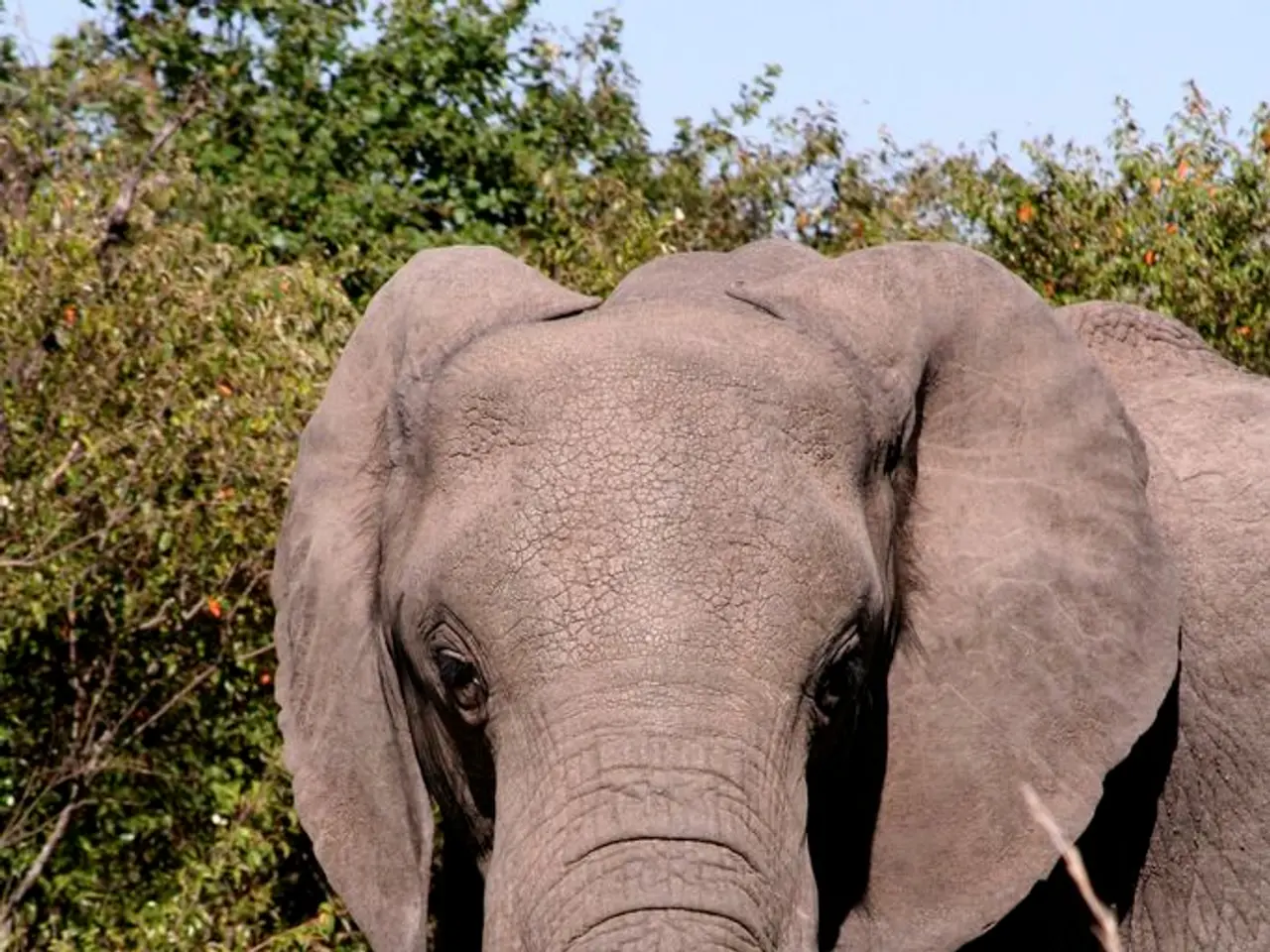Financial perils are inherently tied to environmental hazards
In a significant shift towards sustainability, long-term asset owners like pension funds and sovereign wealth managers are integrating nature and climate risks into their investment strategies. This strategic move is aimed at aligning financial returns with environmental resilience, recognising that these risks materially impact portfolios over decades.
Singapore's Temasek Holdings is leading the way, using satellite monitoring and biodiversity data to evaluate natural-capital risks and opportunities. This approach allows for a more comprehensive understanding of the impact of nature-related risks on investments.
One of the key approaches being adopted is portfolio-wide climate and nature risk assessment. For instance, the Norwegian Public Pension Fund Global assesses up to 96% of its portfolio for natural capital risks, reflecting a major institutional shift towards recognising these risks as financially material rather than mere ESG concerns.
Another approach is the use of internal or shadow carbon pricing. Asset owners factor the cost of carbon emissions into transition plans and risk assessments, regardless of net-zero commitments, both directly and through asset managers who are held accountable to climate objectives.
The adoption of structured frameworks for physical climate risk is also on the rise. Tools like the Climate Resilience Investment Framework (CRIF) and methodologies such as PCRAM 2.0 help investors embed physical climate risk management into governance, risk assessment, and resilience building at asset and portfolio levels across various sectors.
The integration of nature-based solutions is another significant step. This approach encourages considering interactions of assets with their natural environment, promoting resilience through natural infrastructure such as wetlands and forests, reflecting an understanding that natural capital is integral to long-term asset sustainability.
The use of advanced data and technology is also crucial in this shift. Sovereign wealth funds like Singapore’s Temasek are employing satellite monitoring and biodiversity data to better quantify risks and opportunities related to natural capital.
The Taskforce on Nature-related Financial Disclosures (TNFD) has developed a set of disclosure recommendations and guidance for businesses and financial institutions to integrate nature into their decision-making. This initiative aims to help businesses and financial institutions better understand and manage nature-related risks and opportunities.
The financial consequences of ecological instability are already being confronted by asset owners. For example, floods in Pakistan in 2022 devastated agriculture, driving up food prices and pushing the country to the brink of default. Climate-related disasters have also affected various sectors, including olive oil production, wine grapes, timber supplies, fishing, and transport on rivers, in Europe.
As the financial risks associated with nature become increasingly apparent, initiatives like the Debt Suspension Clause Alliance and the Global Hub for Debt Swaps for Development are being introduced to address these challenges. These initiatives aim to provide relief to climate-vulnerable economies and help them navigate the financial impacts of ecological instability.
In conclusion, the integration of nature and climate risks into investment strategies represents a generational shift where long-term investors align financial returns with environmental resilience. Asset owners, central banks, and institutions like the IMF have a responsibility to move beyond silos, align capital with planetary boundaries, and invest not only in markets but also in the systems that support them. Julie McCarthy, CEO of NatureFinance, and Patrick Odier, Chair of Building Bridges and Chair of the Supervisory Board of Lombard Odier Group, are among the leaders driving this shift.
- Singapore's Temasek Holdings is utilizing satellite monitoring and biodiversity data to assess natural-capital risks and opportunities, signifying a more comprehensive understanding of the impact of nature-related risks on investments.
- The Norwegian Public Pension Fund Global evaluates up to 96% of its portfolio for natural capital risks, demonstrating a major institutional shift towards recognizing these risks as financially material rather than mere ESG concerns.
- Asset owners are adopting internal or shadow carbon pricing, factoring the cost of carbon emissions into transition plans and risk assessments.
- The integration of nature-based solutions is encouraged, considering the interactions of assets with their natural environment to promote resilience through natural infrastructure.
- Initiatives like the Debt Suspension Clause Alliance and the Global Hub for Debt Swaps for Development are being introduced to address the financial challenges posed by ecological instability in climate-vulnerable economies.
- Julie McCarthy, CEO of NatureFinance, and Patrick Odier, Chair of Building Bridges and Chair of the Supervisory Board of Lombard Odier Group, are influential figures driving the shift towards aligning financial returns with environmental resilience.




